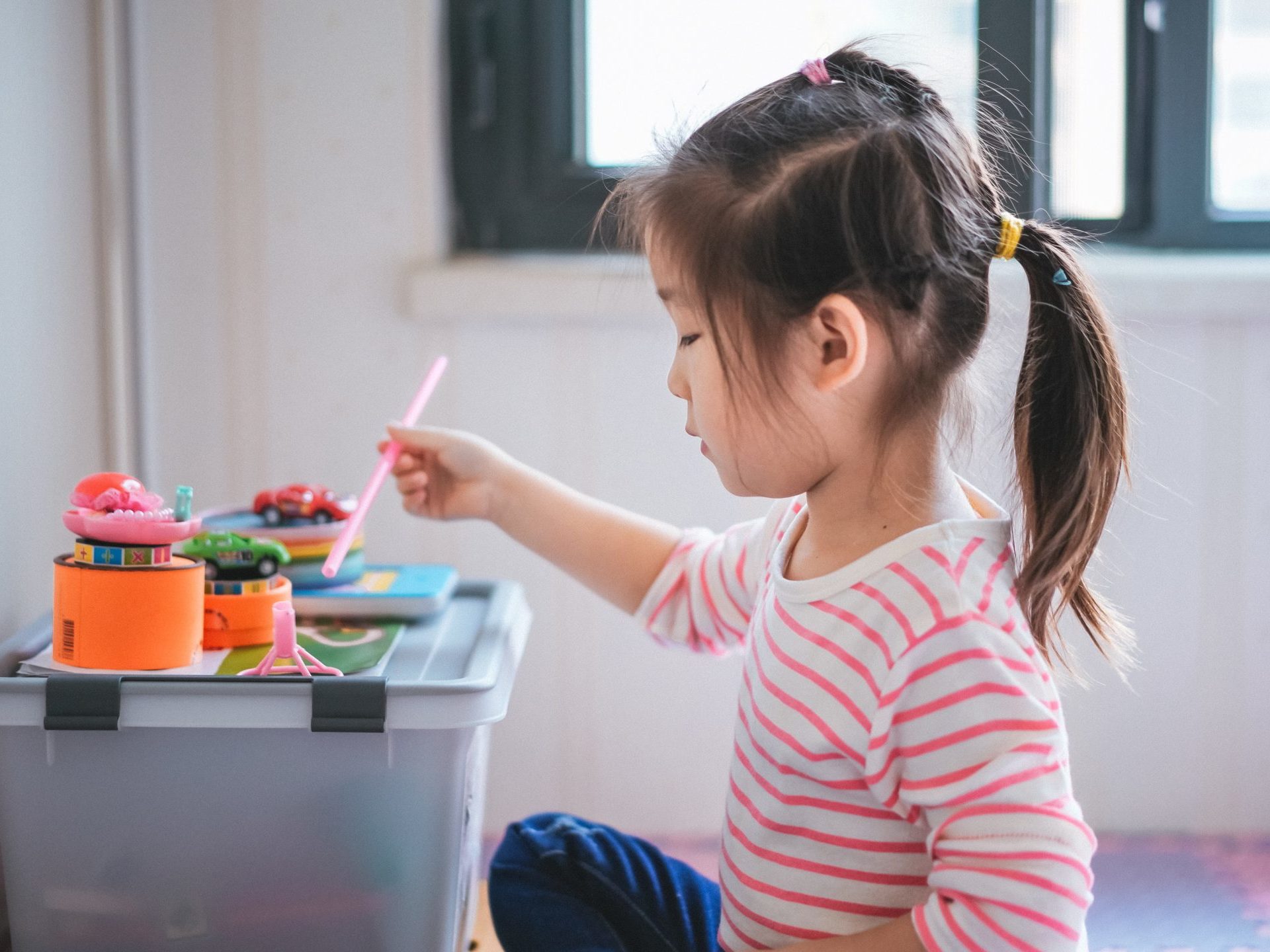This great post comes courtesy of Dana Rosenbloom who is the Founder of Dana’s Kids. Please follow her on Facebook and Instagram for great information about parenting young children. She’s a wonderful resource.
Importance of Responsive Routines
There has been a lot of conversation recently about maximizing time at home with children. So much of my work is about helping parents have developmentally appropriate expectations for children and realistic expectations of themselves. Managing expectations helps everyone feel more successful.
When at home with children, I do believe routine is important. But let me go further to say it’s about a routine, not necessarily a schedule. I say the same thing when talking to new parents about their infants and babies. The idea is to create a responsive and reflective routine that considers your child’s natural rhythm, developmental level and interests, and your needs and values as a parent. Often, when parents and caregivers think about the word “schedule,” we get down to the minute and exact time of when a baby or child must do something. But this doesn’t allow for individual differences and often just ends up in everyone being stressed out.
Structuring the day gives children a predictable routine that decreases anxiety and helps them feel safe. Being responsive and reflective of individual needs (yours and theirs) increases the likelihood that the routine will be successful and that everyone will want to follow along.
Anchoring Activities

To that end, think about what I call “anchoring activities.” A child doesn’t need to have every last minute and hour organized for them. The goal in time at home is not to recreate the classroom. An “anchoring activity” may be something you are going to do together after breakfast, or before lunch, or after naptime.
Connecting it to a time of day that children are already familiar with (and it does not have to be one of the ones I mentioned), makes this is a concept that works even for very young children. You might plan that before lunch you’re going to do some art or sensory exploration. After nap, you’re going to play in the playroom or yard. These “anchoring activities” don’t necessarily have to be projects. In fact, I believe passionately in the value of open-ended play and learning being incorporated, both at home and in the classroom. For school-aged children an “anchoring activity” might be Legos, drawing, researching something they’re interested in online, or independent reading time. Whenever possible, setting up anchoring activities so that they can be done together with an adult is ideal.
Flexibility is Key
This is not to say that having a more extensive routine is a bad thing either. But it has to be the right choice for everyone involved. And whether you’ve got a routine for the day or you’re using those anchoring activities, flexibility is essential. If your child is excited about what they’re building with you with their Magnatiles, play a little longer. If that baking activity you thought was going to be a huge hit is turning into a stressful mess, let it go and move on to something else. The big goal here is to set realistic expectations for ourselves as grownups, while also providing children with the structure they need to feel safe and successful.
